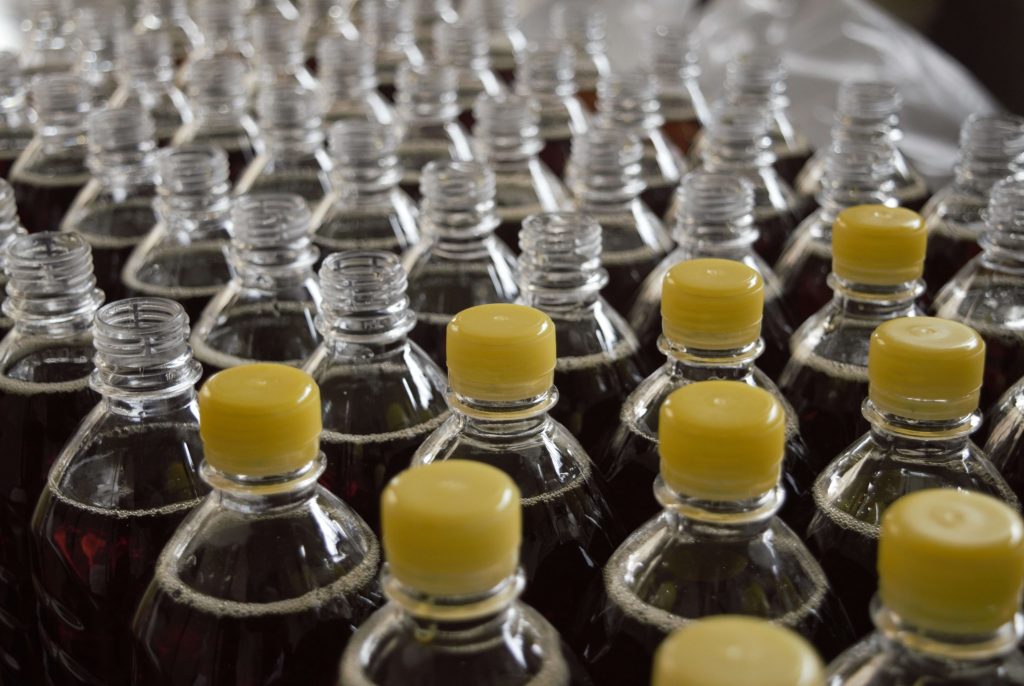Back in the 1950s, plastic was the future. It was the original wonder material; cheap, versatile, easily manufactured, and a key driver of the global post-war economic boom. While materials such as rubber and Bakelite had been around for a long time, it was the second wave of plastics developed during the war that ensured the ubiquity of these multi-purpose polymers, and visions of the potential for plastics bordered on the utopian.
However, it wasn’t long before the cracks started to set in, and the properties that made plastics so attractive to manufacturers and consumers very quickly began to pose a new set of problems. Pretty soon, the world was literally swimming in plastic, with the virtually indestructible nature of the material ensuring that any plastic products would far outlive their usefulness.
Today, the issues surrounding our love affair with plastics are well documented, but while plastic production continues to rise, efforts are being ramped up to deal with the waste created. Recycling is now much more than a buzzword for eco-conscious citizens, and a growing recycling industry is beginning to make a dent in the mountains of plastic we have consumed to date. Here, we take a look at nine surprising plastic recycling facts that are fueling an industry that’s ready to take on our ever-growing piles of plastic.
Plastic Recycling Facts
Only 9% of the plastic ever made has been recycled —Recycling is definitely on the up, and recycling rates are now estimated to be around 20% globally. However, while the first plastics recycling processes emerged in the 70s, both industry and consumers have been slow to catch on. Of the estimated 8.3 billion metric tons manufactured since 1950, just 9% has been recycled, with the rest going to landfill or incineration.
The plastic recycling industry is predicted to be worth $56 billion by 2026 — Today, the global plastics recycling market is estimated to be worth $34 billion. The recent rise in consumer awareness and a move towards greater responsibility within the plastics industry will see that figure rise sharply over the next 5-10 years.
Recycled plastics save energy — When compared to new plastic products, recycled plastic products require up to 88% less energy for manufacture. This is because much of the energy during manufacture is used to create “virgin” plastic from raw materials such as petroleum or natural gas.
One million plastic bottles are sold every minute — It is estimated that a million plastic bottles a minute are sold globally, amounting to around 480 billion bottles in 2016. Additionally, this number is set to rise another 20% by 2020. Most bottles are fully recyclable; however, reusable bottles provide a much more sustainable alternative to single-use bottles.
Products may use multiple materials that make recycling difficult — While many products feature the universal recycling symbol, in truth, they may contain multiple materials that must be separated during the process. For example, blister packs for pills contain both recyclable plastic and aluminum but are almost impossible to recycle since the materials are very difficult to separate.
Recycled plastics lose quality — Unlike aluminum and glass, plastics lose quality during the recycling process. Most plastics can only be recycled once or twice before they become unusable. Additionally, most recycled plastics are used in non-food grade products, meaning recycling is never as simple as a “bottle for a bottle”.
Plastic may be shipped abroad for recycling — Until recently, China imported two-thirds of the world’s plastic. In 2018, however, China banned any further imports, cutting off a major outlet for the world’s recyclable waste. However, many believe that this is an opportunity for those that produce the most plastic waste to step up their recycling efforts, and without the convenience of simply passing on the problem, it is hoped that the recycling industry will rise to the challenge.
Recycled plastic can be used in a huge range of products — Today, recycled plastic has a huge range of applications. From fabrics used in clothing to insulation for use in construction, the possibilities are seemingly endless. Additionally, as recycled materials become increasingly available, a wave of innovation will see even more recycled plastics used in industries across the board.
![]()
Scientists are developing plastic eating bacteria — While traditional recycling processes involve separating, shredding, and melting plastics into reusable pellets, other methods that aim to break down plastics in more environmentally friendly ways are in development. In 2018, scientists stumbled upon bacteria that essentially dissolved plastics naturally, and although this approach to recycling is in its infancy, it holds plenty of promise as its potential is explored.
The Future of Plastic Recycling
While recycling is on the up, it is only one answer to the current plastic waste epidemic. In truth, plastic recycling must be supported by wholesale changes in the way we consume and the way in which industry packages products. Thankfully, companies are now being encouraged to move away from plastics, particularly single-use plastic packaging, in favor of more ecologically friendly alternatives. At the same time, consumers are becoming more sensitive as to their individual impact on the environment, avoiding single-use packaging where possible.
Finally, the importance of cradle-to-cradle thinking cannot be underestimated, and by keeping packaging and containers in circulation for as long as possible, we will relieve the burden on the recycling industry—allowing it to work more efficiently and process waste plastics more effectively.

